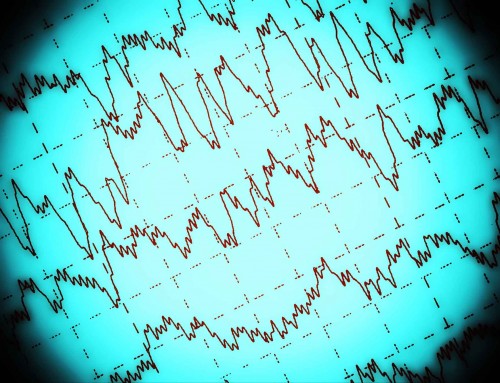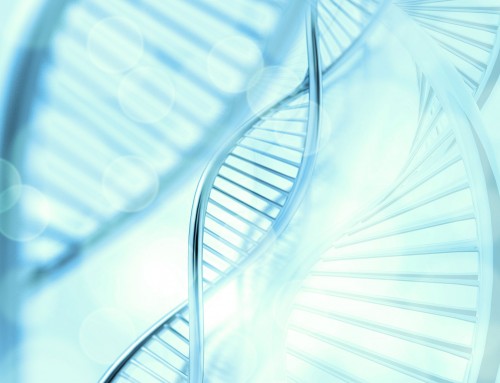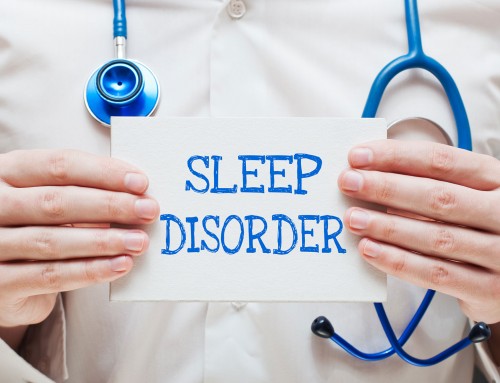What are the signs and symptoms of Narcolepsy?
The signs and symptoms of narcolepsy usually appear during childhood or adolescence. Early onset narcolepsy can lead to impaired social, psychological and cognitive development if left untreated.
The normal sleep-wake cycle is disrupted in people with narcolepsy and is associated with disturbances from REM sleep. The major symptoms of narcolepsy are excessive daytime sleepiness, cataplexy, sleep paralysis and hallucinations. Other symptoms may also include disrupted nocturnal sleep, obesity, microsleep episodes, atonia and periodic limb movement disorder.
Excessive daytime sleepiness
People with narcolepsy often experience overpowering attacks of sleep episodes throughout the day, regardless of the amount of sleep at night. The sleep episodes can last from a few seconds to minutes, and can occur several times a day. Affected individuals can suddenly fall asleep anytime and anywhere, leading to major interference with daily activities. Excessive daytime sleepiness is also associated with a lack of concentration, extreme fatigue and memory lapses.
Cataplexy
People with narcolepsy may experience cataplexy, the abrupt loss of muscle tone, while the person is conscious. It is often triggered by heavy meals, stress or strong emotions such as laughter or anger. Cataplexy episodes result in a temporary inability to move, much like the inhibition of muscle movement that occurs in REM sleep. It can vary in severity, affecting either just the face or the entire body, dependent upon the muscle groups being targeted.
Sleep paralysis
People with narcolepsy may also experience sleep paralysis, resulting in an inability to move or speak temporarily. Sleep paralysis is similar to cataplexy, but it affects the entire body and occurs during falling asleep or waking up. It is similar to the inhibitions of muscle activity during REM sleep, but occurs while the person is still awake. Episodes of sleep paralysis can be terrifying and last for a few seconds to several minutes. People with sleep paralysis regain their full capability to move and speak shortly after the episode ends.
Hallucinations
Hallucinations are delusional images that are vivid and usually frightening. It can occur in individuals with narcolepsy upon falling asleep, during sleep or waking up. There are two types of hallucinations: hypnagogic hallucinations and hypnopompic hallucinations, which can occur while falling asleep or waking up respectively. The hallucinations are dream-like states between waking and sleeping, and they can be visual or auditory.
Other symptoms of narcolepsy may include disrupted nocturnal sleep, obesity, microsleep, atonia and periodic limb movement disorder. Disrupted nocturnal sleep can happen when people have trouble staying asleep at night, with numerous variables such as insomnia and vivid dreaming causing disruptions in sleep. Microsleep is a temporary episode of light sleep which can last for just seconds. During microsleep, the brain goes to sleep involuntarily before the individual wakes suddenly, often with a sharp jerk of the head. Atonia is a sense of paralysis during transition between awake and sleep, in which the person is conscious but cannot speak or move. Periodic limb movement disorder (PMLD) occurs when limb muscles contract involuntarily during sleep.
References:
Dauvilliers Y, Arnulf I, Mignot E. (2007). Narcolepsy with cataplexy. Lancet. 369(9560): 499-511.
DNA In the News2017-04-06T19:40:38+00:00






